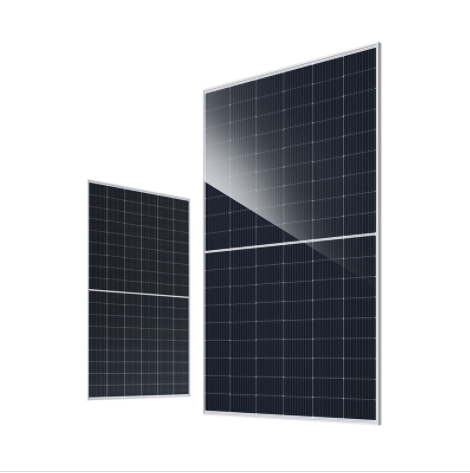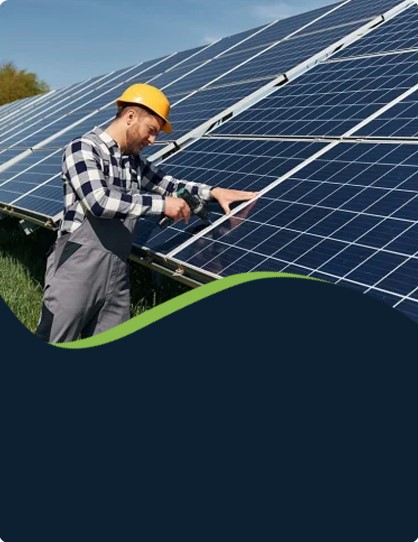
-
[email protected]

-
Building 1, No. 21 Shengfa Road, Lucheng District, Wenzhou, Zhejiang, China


In the rapidly evolving landscape of renewable energy, photovoltaic (PV) modules have become a cornerstone of sustainable power generation. These modules, which convert sunlight directly into electricity, are at the forefront of the global shift towards clean energy. As technology continues to advance and costs decrease, PV modules are becoming increasingly accessible and efficient, making them a viable solution for a wide range of applications, from residential rooftops to large-scale solar farms.
PV modules are designed to capture solar energy and convert it into usable electricity through the photovoltaic effect. This process involves the absorption of photons from sunlight, which excites electrons in the PV material, generating an electric current. Modern PV modules are typically made from silicon, a material known for its high efficiency and abundance. The modules consist of multiple layers, including a protective cover, a semiconductor layer, and a backing material, all designed to promote energy conversion and durability.
One of the key drivers behind the growth of PV modules is the continuous improvement in their efficiency. Recent advancements in materials science and manufacturing processes have led to significant increases in the energy conversion rates of PV modules. This means that they can produce more electricity from the same amount of sunlight, making them more cost-effective and attractive for various applications. Higher efficiency also translates to smaller physical footprints for installations, which is particularly beneficial in urban areas where space is limited.
Another significant factor contributing to the popularity of PV modules is the reduction in production costs. Over the past decade, the cost of manufacturing PV modules has dropped dramatically, making them more affordable for both residential and commercial users. This cost reduction is largely due to economies of scale, improved manufacturing techniques, and increased competition in the market. As a result, the return on investment for PV module installations has improved, making solar energy an economically viable option for many.
PV modules are also known for their durability and low maintenance requirements. Once installed, they can operate efficiently for over 25 years with small upkeep. This longevity makes them an attractive long-term investment for homeowners, businesses, and utility companies. Additionally, PV modules can be installed in a variety of locations, from rooftops to open fields, providing flexibility in deployment.
The environmental benefits of PV modules are substantial. By generating electricity from sunlight, PV modules produce no greenhouse gas emissions during operation, unlike traditional fossil fuel-based power plants. This reduction in emissions helps to mitigate climate change and improve air quality. Furthermore, solar energy is a renewable resource, meaning it will not deplete over time, providing a sustainable energy solution for future generations.
PV modules are playing a crucial role in the transition towards a more sustainable and renewable energy future. With continuous improvements in efficiency, decreasing costs, and significant environmental benefits, PV modules are becoming an increasingly attractive option for individuals, businesses, and governments alike. As technology continues to advance and supportive policies are implemented, the future of PV modules looks promising, with ongoing advancements in technology, design, and sustainability. Whether for small-scale residential use or large-scale commercial applications, PV modules are proving to be a vital component in the global effort to combat climate change and secure a sustainable energy supply.
Your email address will not be published. Required field are marked*
